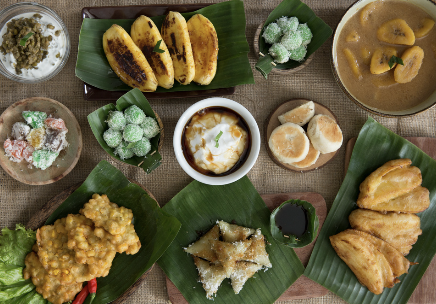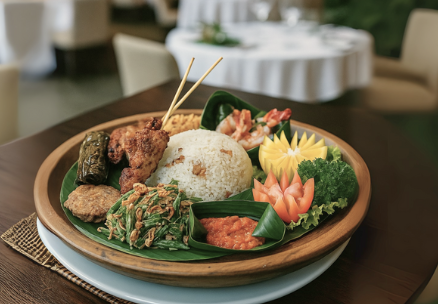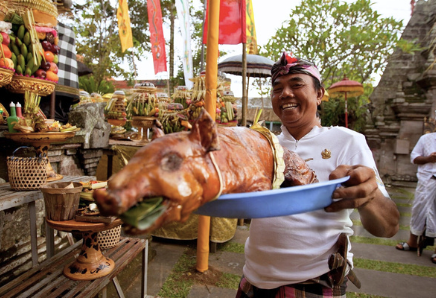Indonesia’s cultural richness shines through its traditional craftsmanship, many of which have been recognized internationally by UNESCO. These unique practices are vital to preserving the country’s heritage and are deeply woven into everyday life. As we approach BBTF 2025, themed “Indonesia Preserving Green Nature and Cultural Heritage for the World,” it is crucial to highlight how responsible tourism can help safeguard these cultural treasures.
UNESCO-Recognized Craftsmanship:
Indonesia is home to a wealth of UNESCO-listed cultural practices. The most well-known include Batik (2009), Wayang Puppet Theatre (2008), and Angklung (2010), all of which symbolize Indonesia’s diverse cultural heritage. However, several lesser-known but equally significant traditions reflect the depth of Indonesia’s craftsmanship and cultural legacy, such as:
Saman Dance –Known as the “dance of a thousand hands,” Saman originates from the Gayo ethnic group in Aceh. Its rapid movements and synchronized hand clapping convey social and spiritual meanings. This dance is performed during important community events and was listed as a UNESCO Intangible Cultural Heritage in Need of Urgent Safeguarding in 2011, It is one of Indonesia’s most unique and vibrant cultural expressions, characterized by its collective performance and chanting, which helps foster unity and cultural identity.
Noken – A traditional handwoven bag from Papua that symbolizes maturity and social responsibility. Made from natural fibers, it is used for carrying everything from crops to babies. The craft of making Noken plays an essential role in Papuan society and was recognized by UNESCO in 2012.
Phinisi Shipbuilding – The art of building traditional Phinisi ships, practiced by the Bugis and Makassar communities of South Sulawesi, was recognized by UNESCO in 2017. These ships are a testament to Indonesia’s maritime history, having been used for centuries for trade and exploration across Southeast Asia.
Gamelan – Gamelan is a majestic traditional musical ensemble from Java and Bali, characterized by its unique metallic sound. Played during religious and cultural ceremonies, it reflects Indonesia’s spiritual life and was inscribed on UNESCO’s Intangible Cultural Heritage list in 2021.
Celebrating Cultural Legacy Through Tourism
BBTF, organized by the Indonesia Travel Agent Association (ASITA) Bali Region, with a strong track record in bringing together global tourism stakeholders, BBTF stands as a premier platform for promoting Indonesia’s diverse destinations, fostering international partnerships, and supporting sustainable tourism practices. Each year, the event continues to grow, serving as a testament to its commitment to facilitating meaningful connections within the global tourism industry.
There is also Jepara, a town on the northern coast of Java, is famous for its intricately carved wooden furniture, blending traditional artistry with modern design, making each piece a work of art. Meanwhile, Tenganan Pengringsingan in Bali produces unique woven cloth, known as “Gringsing,” using age-old techniques that reflect the community’s spiritual beliefs and connection to their environment. Additionally, Indonesia’s stone carving tradition is prominently showcased in temples such as those in Belgia, where master artisans create intricate reliefs and statues that narrate historical and mythological stories, further enriching the cultural tapestry of the nation. Together, these art forms highlight Indonesia’s diverse craftsmanship and its significance in both local and global contexts.
Join us at BBTF2025 for impactful travel business while promoting both tourism growth and the preservation of Indonesia’s diverse cultural.






